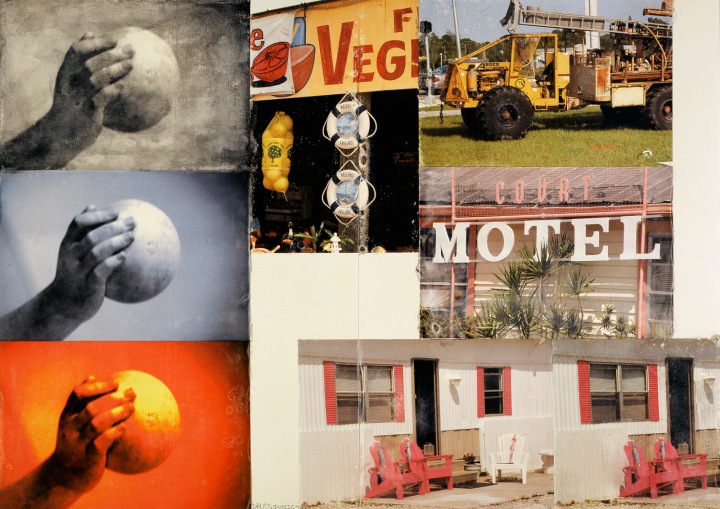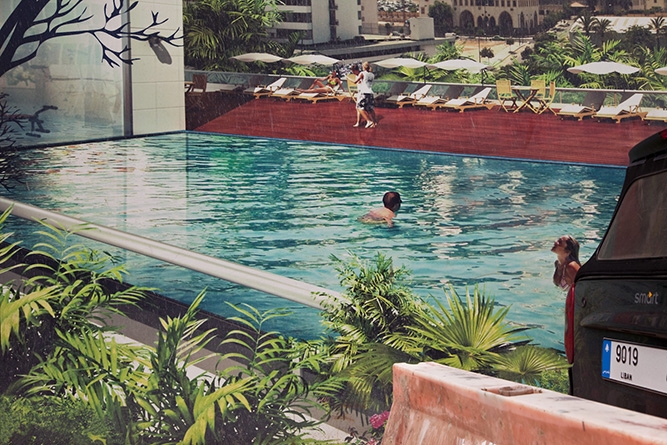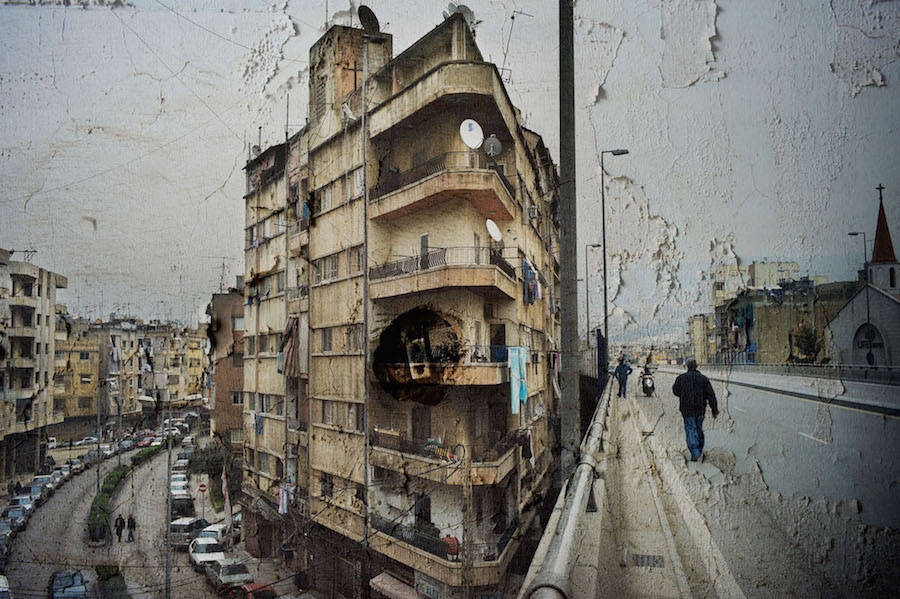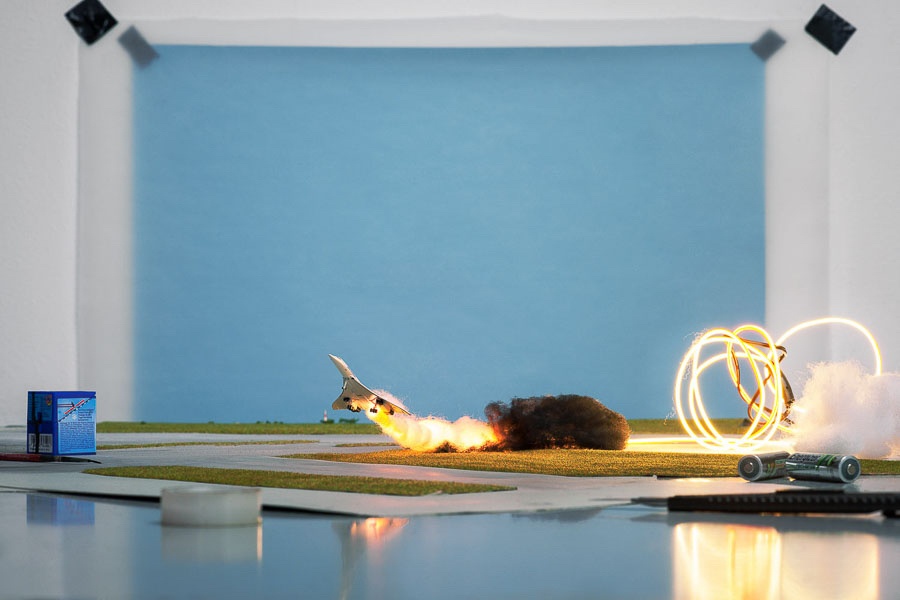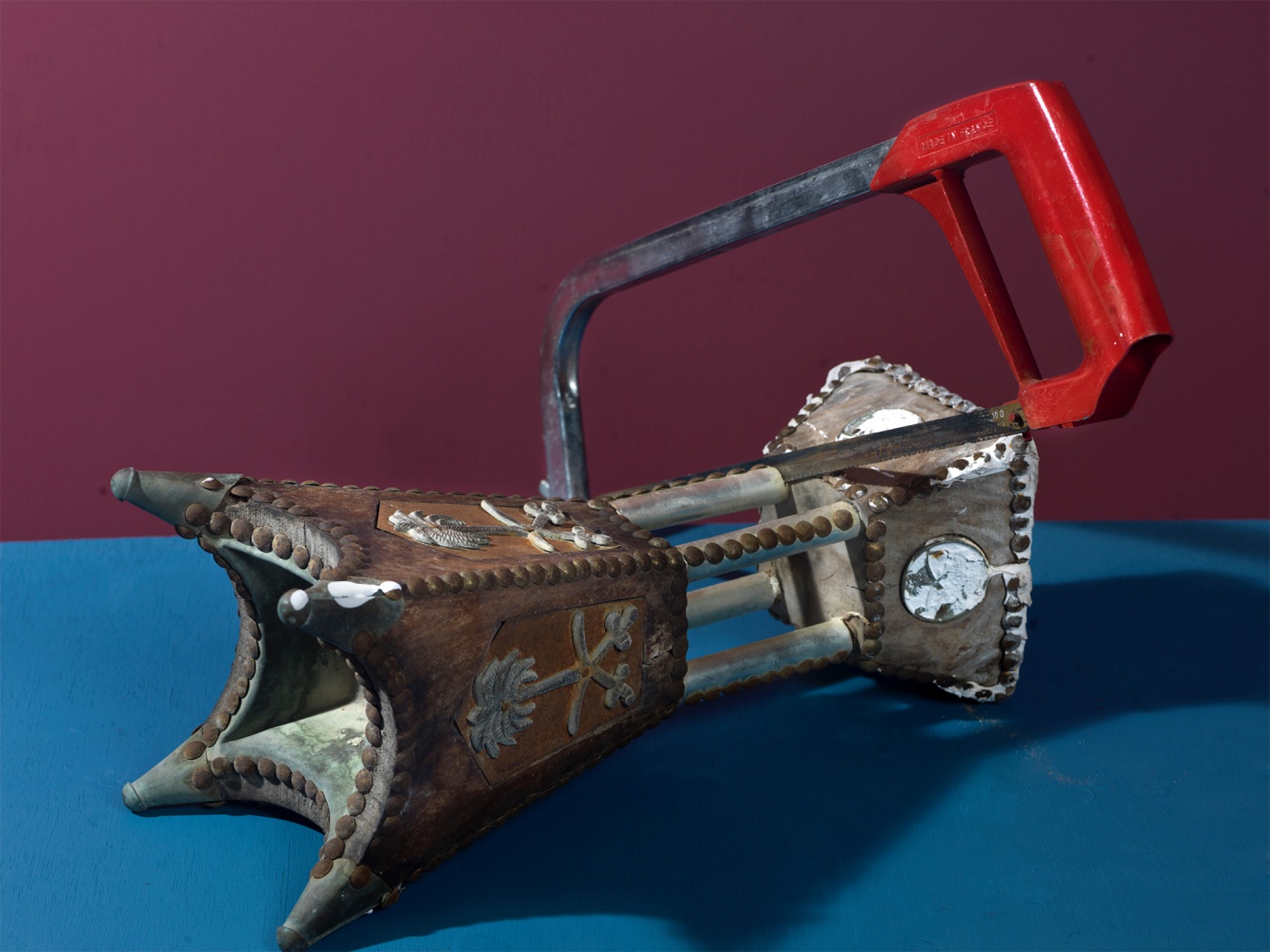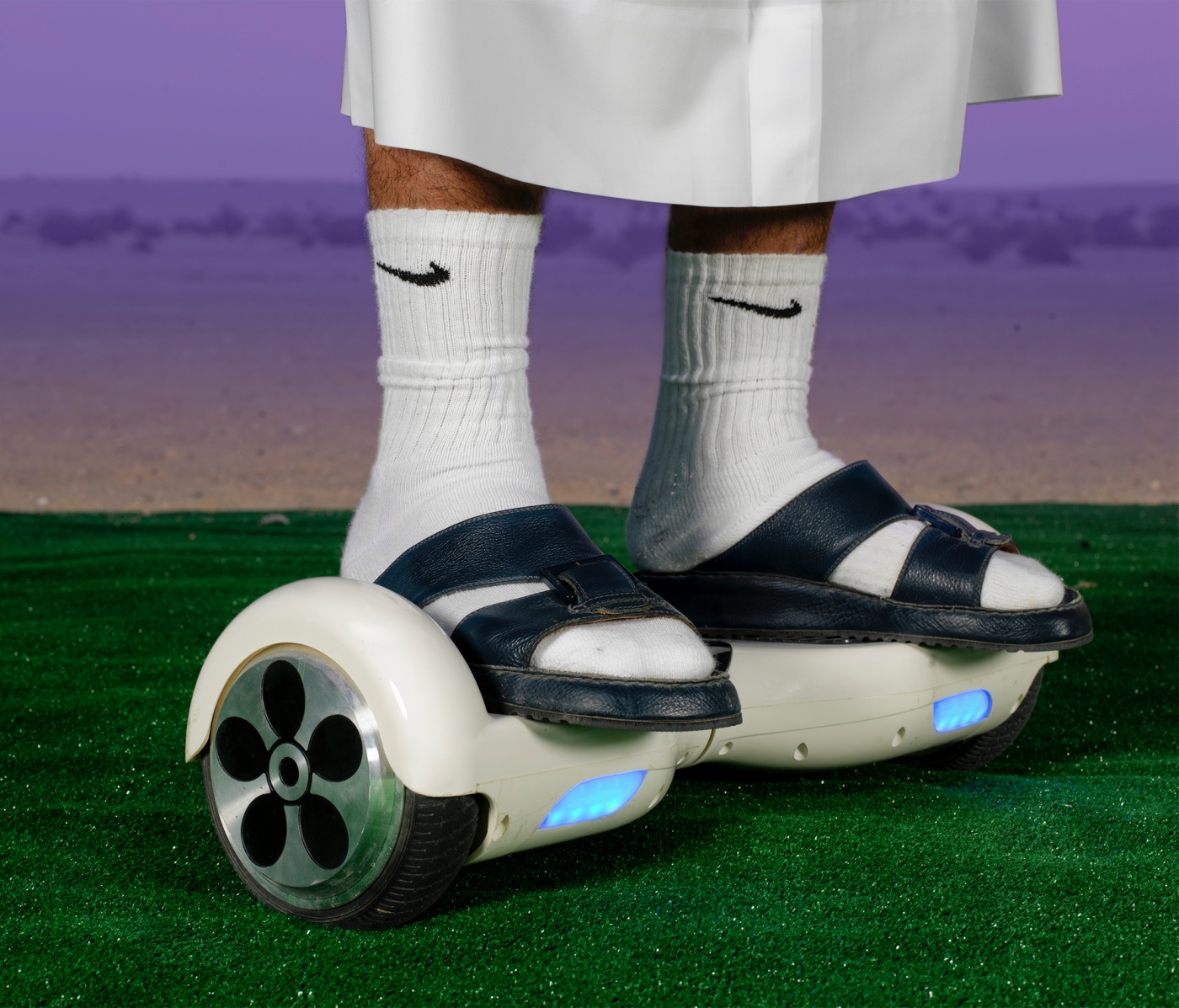My Top 10 Exhibitions of 2016
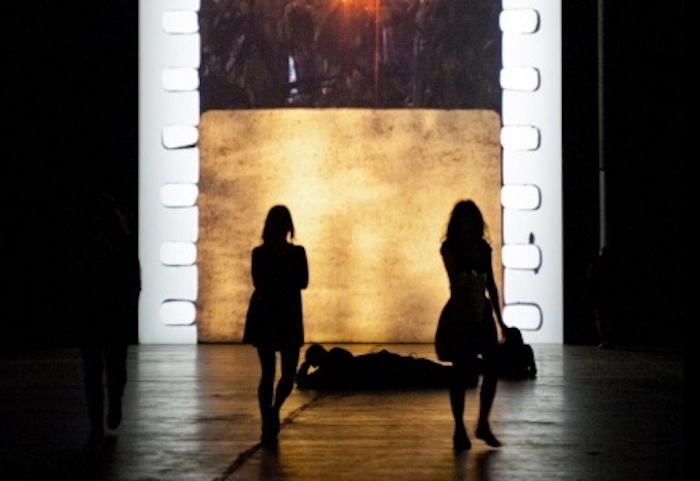
Tacita Dean, FILM, 2011. Installation view, Tate Modern, London Photo’s by Marcus Leith & Andrew Dunkley Courtesy of the artist, Marian Goodman Gallery, New York/Paris and Frith Street Gallery, London
Here's my list of top 10 exhibitions this year (there's a tie at no. 10). As I was compiling this list, I noticed the themes in most of these exhibitions are memories and time. It includes exhibitions in Dubai, Sharjah, London, Amsterdam and Singapore.
My next two posts will focus on films, old film discoveries of the year and top films of 2016.
1. Two Suns in a Sunset by Joana Hadjithomas and Khalil Joreige at Sharjah Art Foundation
12 March - 12 May 2016
The themes of memory, personal, social and political histories, interwoven with fact and fiction is what made this my favourte exhibition this year. I was engaged with every single piece from this exhibition which included photography,film and installations (I listed the works here).
Curated by Marta Gili (Jeu de Paume), Hoor Al-Qasimi (Sharjah Art Foundation), Anna Schneider (Haus der Kunst Munich) and Jose Miguel G. Cortes (Institut Valenica d'Art Modern), the exhibition moved to Jeu de Paume in Paris after Sharjah. I found this video which features the artists talking about their work.
2.And I, Will I Forget by Manal Al Dowayan at Cuadro Gallery, Dubai
4 February - 14 April 2016
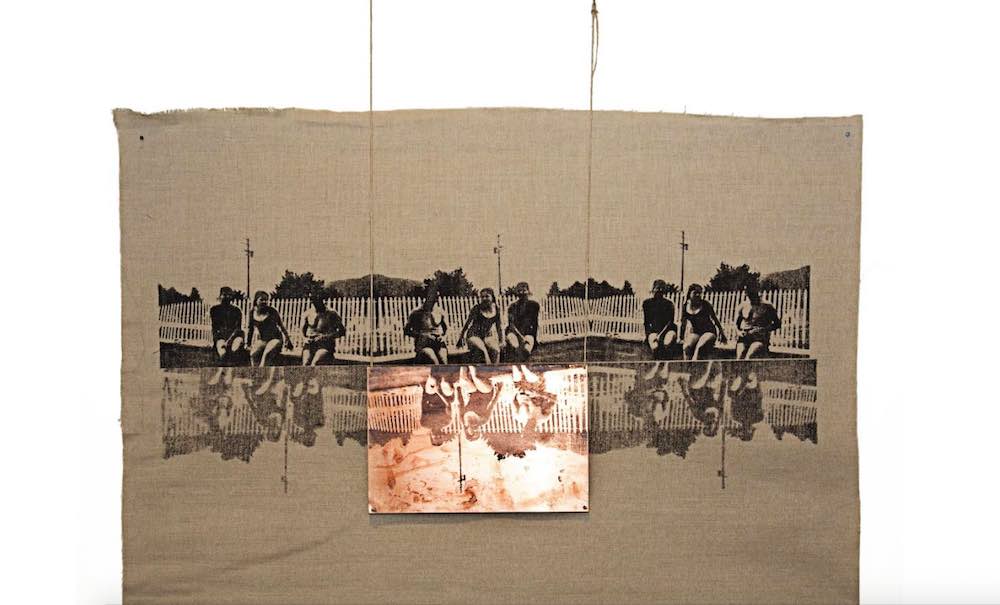
Manal Al Dowayan - Poolside II | Canvas, copper, string| 100 x 71 cm | 2015
I have a fear of forgetting; I have a fear of being forgotten. The faces, the places, and the emotions that belong to them.
I save images, and preserve objects, I fill pages with notes and detailed descriptions. To obscure, to delete, to censor, to erase, and to forget a war is waged on memory. What remains when this war is lost? Images with no stories, dusty objects, misunderstood thoughts. The images will eventually fade, the objects will be lost, and the pages never understood. I have a fear of forgetting. I have a fear of being forgotten. And I, will I forget? - Manal Al Dowayan
An exhibition based on Kodachrome slides shot between 1962-1973 in Sauid Arabia and USA inherited by the artist from her father. Another exhibition about memory that I was drawn to, raising questions the past and also about imagined memories.
3. Celluloid at EYE, Amsterdam
17 September 2016 - 8 January 2017
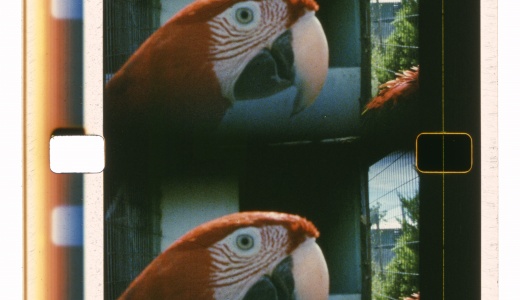
João Maria Gusmão + Pedro Paiva, Glossolalia (‘Good Morning’), 2014 16mm film, colour, no sound, about 7’10’’ Produced by Fondazione HangarBicocca, Milan
An exhibition that looks at celluloid as a medium, in film, scultpure, installations featuring works by Tacita Dean, João Maria Gusmão & Pedro Paiva, Rosa Barba, Sandra Gibson & Luis Recoder. This one is for all the analogue heads out there. I was happy to see an exhibition featuring artists that still work and believe in film and championing it.
Being in a dark space for a couple of hours with the films that varied in size, duration and speed, I felt like I was in a parallel world were time moved slower and everything felt calm.
Here's a video where you can see some of the works, it also includes Jaap Guldemond, Director of Exhibitions EYE, artists Tacita Dean, Sandra Gibson & Luis Recoder discussing the works.
4. Celluloid Void 2: The Lost Films of Southeast Asia at National Library, Singapore
19 February - 27 April 2016

I love discovering cinema history from other parts of the world, so was happy to know this exhibition was on when I was in Singapore in March. The exhibition included a selection of 20th century lost films from Singapore, Malaysia, Indonesia, Cambodia, the Philippines and Thailand through the region's web of upheavals starting from the 1920s. I posted images and wrote about it here.
5. Moholy-Nagy: Future Present at the Solomon R. Guggenheim Museum, New York
27 May - 7 September 2016
I always felt I never knew enough about László Moholy-Nagy (1895–1946) and this retrospective was a good starting point for me to dive into his work, ideas and process.
The exhibition offers an unparalleled opportunity to examine the career of this pioneering painter, photographer, sculptor, and filmmaker, who was also active in graphic, exhibition, and stage design. An influential teacher at the Bauhaus school of art and design in Germany and a prolific writer, Moholy-Nagy believed art could work hand-in-hand with technology for the betterment of humanity.
6. The Khartoum School: The Making of the Modern Art Movement in Sudan (1945 – present)
12 November 2016 - 12 January 2017

An extensive exhibition looking at art in Sudan from 1945 to the present. Featuring a long list of artists, it includes paintings, drawings, with pottery, ceramics, sculpture, photography, film, video and performances, plus never-before-shown archival material. A showcase of the diverse styles, genres, sub-movements and groups of artists in Sudan. Read more about (and listen to the podcast) here.
7. Invisible Threads: Technologies and its Discontents at The NYUAD Art Gallery, Abu Dhabi
22 September 2016 - 7 January 2017

An exhibition that addresses the tensions in our everyday relationships with technology, surveillance, isolation vs. connectedness, privacy vs. social media. It features works by Ai Weiwei, Jamie Allen, Aram Bartholl, Taysir Batniji, Wafaa Bilal, Liu Bolin, Jonah Brucker-Cohen, Heather Dewey-Hagborg, Michael Joaquin Grey, Monira Al Qadiri, Evan Roth, Phillip Stearns, Siebren Versteeg, Addie Wagenknecht, Kenny Wong.
Here's an interview recorded for the Tea with Culture podcast with Bana Kattan, one of the curators of the exhibtion. We talk about the exhibition, and discuss some of the works.
9. Robert Rauschenberg at Tate Modern, London
1 December 2016 - 2 April 2017
Robert Rauschenberg - Triathlon (Scenario), 2005 | The Robert Rauschenberg Foundation (New York)
This landmark exhibition celebrates his extraordinary six-decade career, taking you on a dazzling adventure through modern art in the company of a truly remarkable artist.
From paintings including flashing lights to a stuffed angora goat, Rauschenberg’s appetite for incorporating things he found in the streets of New York knew no limits. Pop art silkscreen paintings of Kennedy sit alongside 1000 gallons of bentonite mud bubbling to its own rhythm. Rauschenberg even made a drawing which was sent to the moon.
Each room captures a different moment of this rich journey, from Rauschenberg’s early response to abstract expressionism to his final works saturated in images and colour. Seen together they show how Rauschenberg rethought the possibilities for art in our time.
9. When Time Does Not Exist at Gulf Photo Plus
September 14 – October 27 2016
“When Time Does Not Exist” unites two seemingly disparate photographic series about Beirut by two distinct photographers: Stephane Lagoutte (based between Beirut and Paris) and Randa Mirza (based between Beirut and Marseille).
Both photographers take the present-day city as a departure point for a symbolic travel in time - backward and forward - creating images in search of the city that has been forgotten and the city that has yet to be created.
It was the first time I see work by Randa Mirza and Stephane Lagoutte and was drawn to the themes of change, collective amnesia, dreams of a bright future and successful future.
10. ICONS by Cortis & Sonderegger tied with Parataxi Distortion by Christto & Andrew at East Wing
This one is a tie, two back to back exhibitions by duos exhibiting at the the same gallery, East Wing. I found parallels between the two which is why I decided this one would be a tie.
Both duos heavily construct their images relying on props, Cortis & Sonderegger look at the past or recent history and Christto & Andrew look at the present and future. Both duos create their work in studios, constructing narratives that viewers will recognise and invited to look beyond what they see.
ICONS by Cortis & Sonderegger
14 April - 22 May 2016
ICONS by Cortis & Sonderegger is a series that recreate in their studios some of the world’s most iconic photos and images of historic moments, e.g. 9/11, Concorde crash, the rasing of the American flag on Iwo Jima. Their recreations are mini stage sets, there is no digital manipulation, everything you see in the image is real, objects made, found or bought. You also see beyond the image they photograph, their studio space, equipment and debris of the materials they used.
"Their aim is not to mislead the viewer – instead, they want to fully expose the staging process in order to raise questions in the mind of their audience about the temporal nature of experience and memory." (via East Wing)
Parataxi Distortion by Christto & Andrew
June - September 2016
Christto & Andrew's work features heavily constructed portraits of objects and people that refer to symbolisms associated with the Arabian Gulf region. The artists live in Doha, so a lot of what they do is inspired by their surroundings.
I've had discussions with people who think their work is culturally inappropriate. Personally, I think their work is intentionally provocative, to challenge stereotypes of this region and the people living in it. I also think their work raises questions about the social and economic gaps that are rife in this region, and also addresses aspirations. Regardless if you like of don't like the work, I support it for the discussions it creates.
“Parataxic Distortion is a fantasy of what something should be, an expectation growing out of the emotional stress of living, resulting in the generating of stereotypes; a pigeonholing of individuals to gain quick and, often inaccurate, assessments causing distortions of reality” Christto & Andrew via BJP
Other Best of Lists:
My Top 15 Artworks of 2016
My Top 10 Cultural Highlights of 2016

